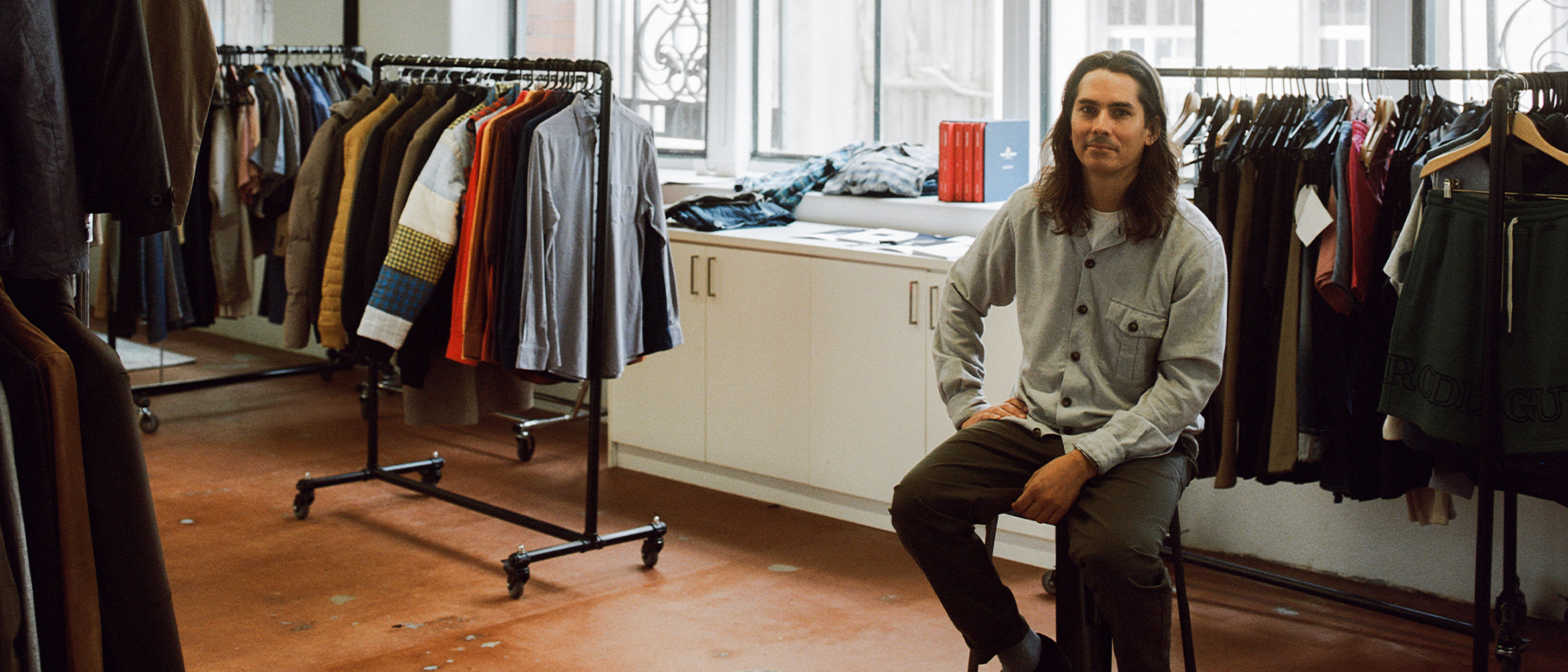

At first glance, Rodd & Gunn feels like quite a different kind of menswear brand to what we’re familiar with in Europe. The ‘antipodean lens’ through which it presents men’s style isn’t something I’m used to seeing sat here in grey old London – but it feels both composed and casual in equal parts – fresher than you’d expect of a brand founded in 1946. Rodd & Gunn’s creative director, John Prikryl, reinforces this impression as we sit and chat on a video call.
“We aim to be ageless,” he says matter-of-factly. “We push it more than some other brands might. We put everything through our own filter and it ends up being a bit quirkier.”
Rodd & Gunn has been through a few different iterations to reach this point, and in its current form was established in Auckland, New Zealand in 1987. The name hints at a rugged pursuit of the outdoors and New Zealand’s strong traditions of rugby and polo, which lend the brand its DNA. Prikryl has led Rodd & Gunn’s design team for 14 years, and his mother led the team before him. One gets the sense that this consistency of vision over the past quarter-of-a-century or so, and across two family generations, has really helped to shape the brand for the long-term.
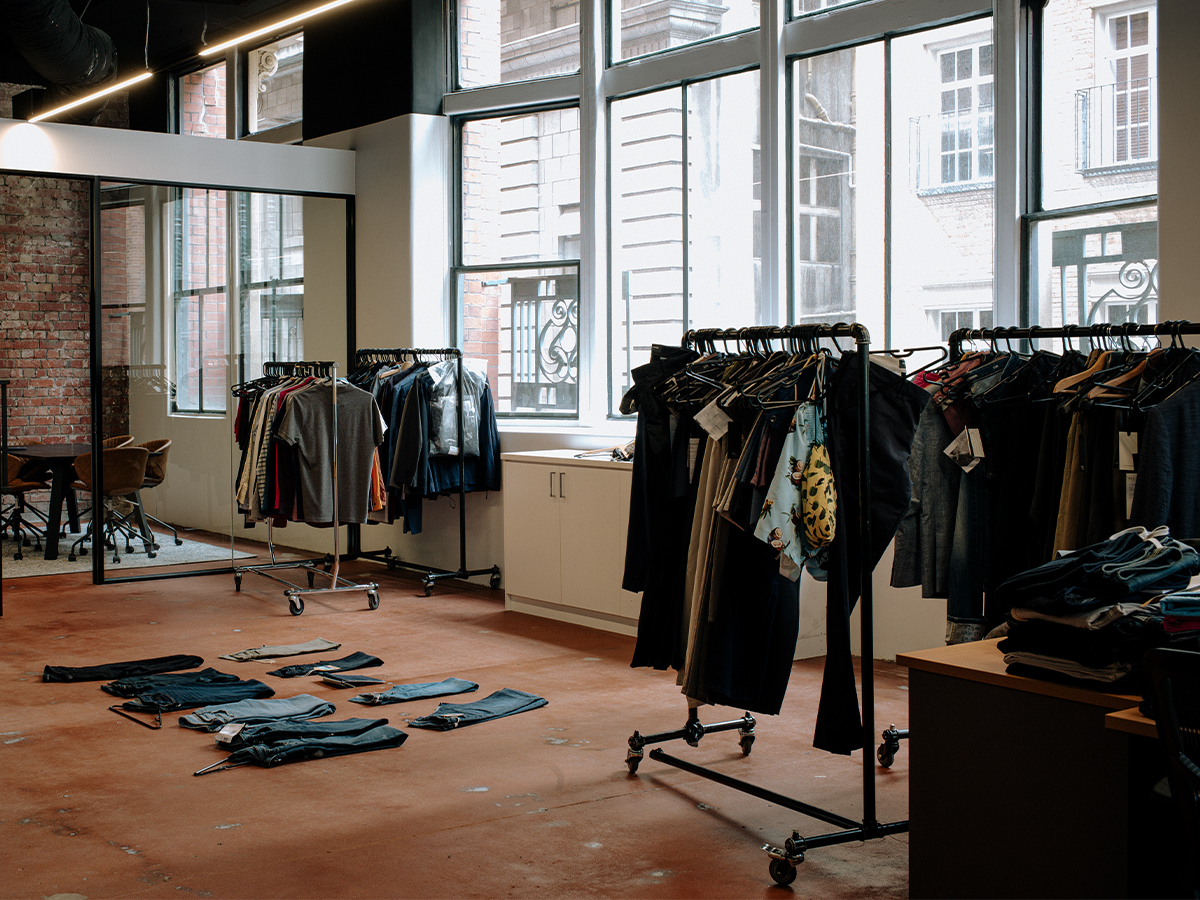

“We don’t follow any particular trend, so to speak,” he continues. “We’re aware of trends and the need to be relevant, but our focus is on our customer and what he needs. The Australian and New Zealand customer is by definition a little bit different to the northern hemisphere customer. We learned that in a huge way when we launched in the US about a decade ago, at the time we naively assumed what works here works there. We’ve got a strong US business now, but at the time it was a steep learning curve.”
With this in mind, one of the challenges Prikryl and his design team contend with is the need to design for two seasons at once: summertime in Australia and New Zealand is of course winter in Europe and the US, and the right clothes need to be on the shelves in each territory. Beyond that, there’s regional differences in need and consumer taste to cater for too.
“It’s not a perfect definition but I tend to think about northern hemisphere being ‘old world’ and southern hemisphere ‘new world’ for the purposes of designing. We have to think about how the two interact,” Prikryl explains. “There are a lot of old world style rules that don’t apply here, but there’s also a lot of regional variation. While it’s fine to wear shorts to dinner up in Queensland, you’d never be seen dead doing that in Melbourne. We have to design both seasons at once, with as much gusto as possible, to cater to cater for everyone all the time.”
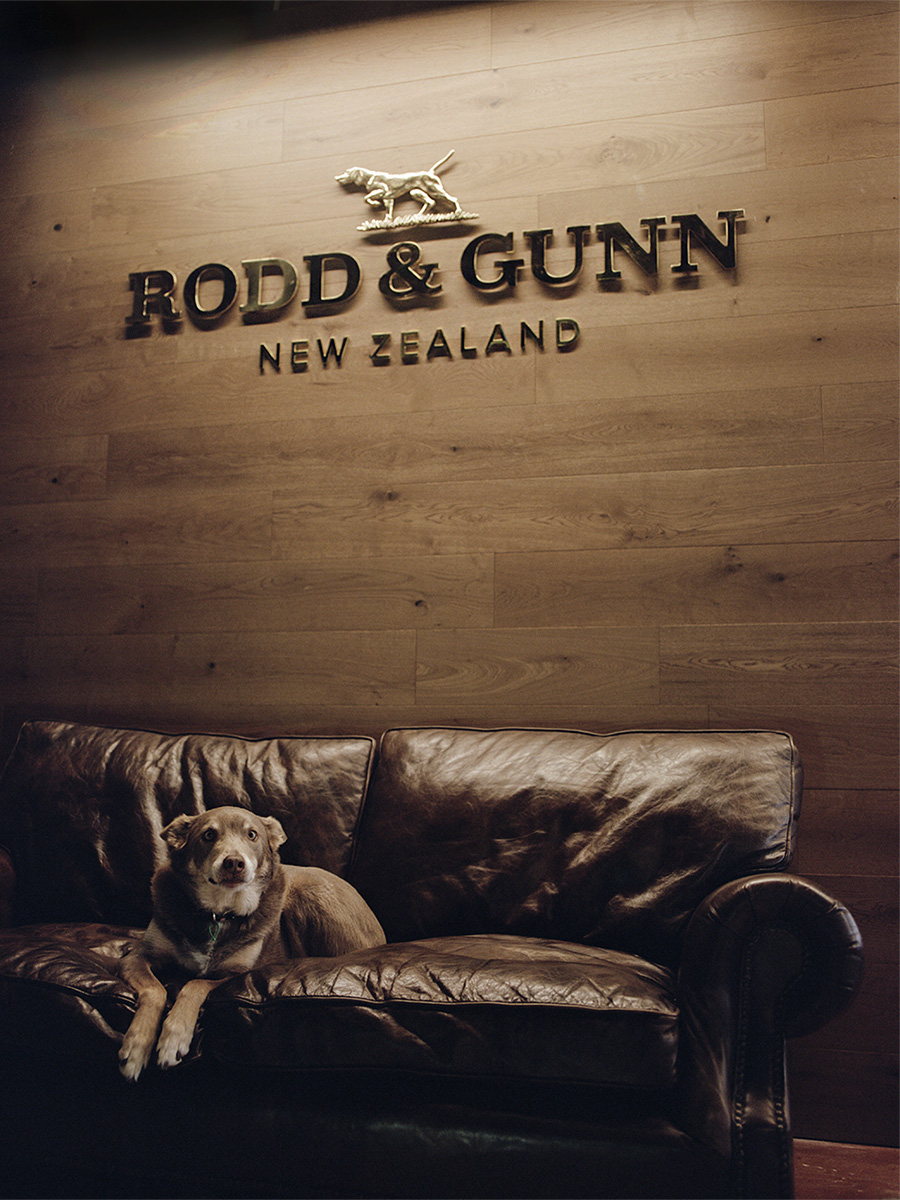
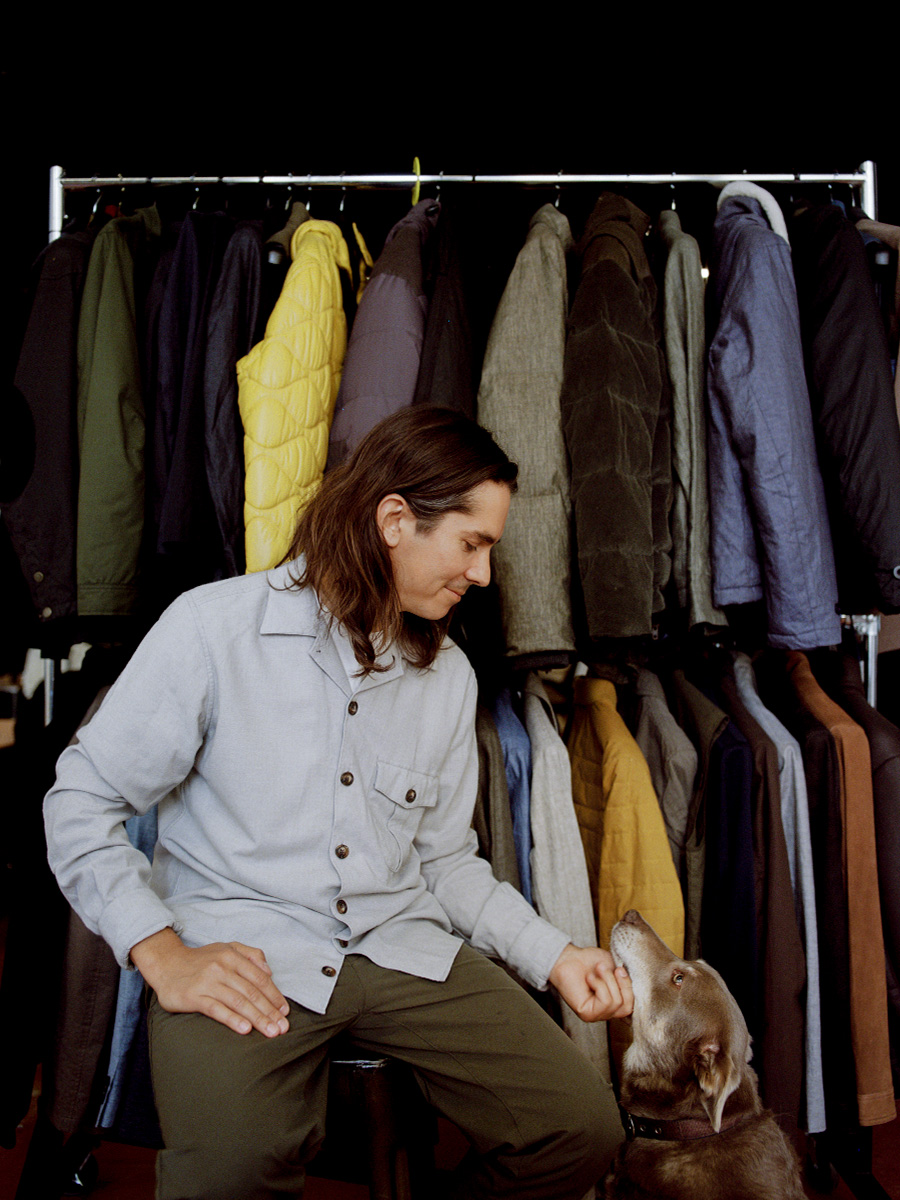
Whether in the US, UK, New Zealand or Australia, today Rodd & Gunn is synonymous with well-made wardrobe staples; mixing sportswear with the odd piece of casual tailoring. Shirts make up a significant part of the brand’s collections, as do polos, rugbies, sweaters, jeans and other easy-wearing foundational pieces. Of all of these, the collection that most epitomises Rodd & Gunn’s progressive approach is its directional Waste Not, Want Not capsule (WNWN for short), which as the name suggests, was conceived by Prikryl to reduce textile waste and give the brand’s many thousand metres of off-cuts a chance of life.
“It came about last year,” he explains. “I was in Melbourne, locked-down, and staring down the barrel of the pandemic. I had a really cathartic moment where every expectation just disappeared and I thought, ‘we’ve literally got nothing to lose here, let’s do something different.’”
The resulting brainwave is a collection of patchworked sportswear, with garments like rugbies, hoodies, polos and sweats sewn together from panels of contrasting off-cut fabrics. Rodd & Gunn makes WNWN garments in small runs and each individual garment is unique; pieced together carefully using whatever offcuts are available at a given moment in time. French rib, brushed fleece, double piqué and single jersey all get thrown into the mix to create garments that are completely one-of-a-kind.
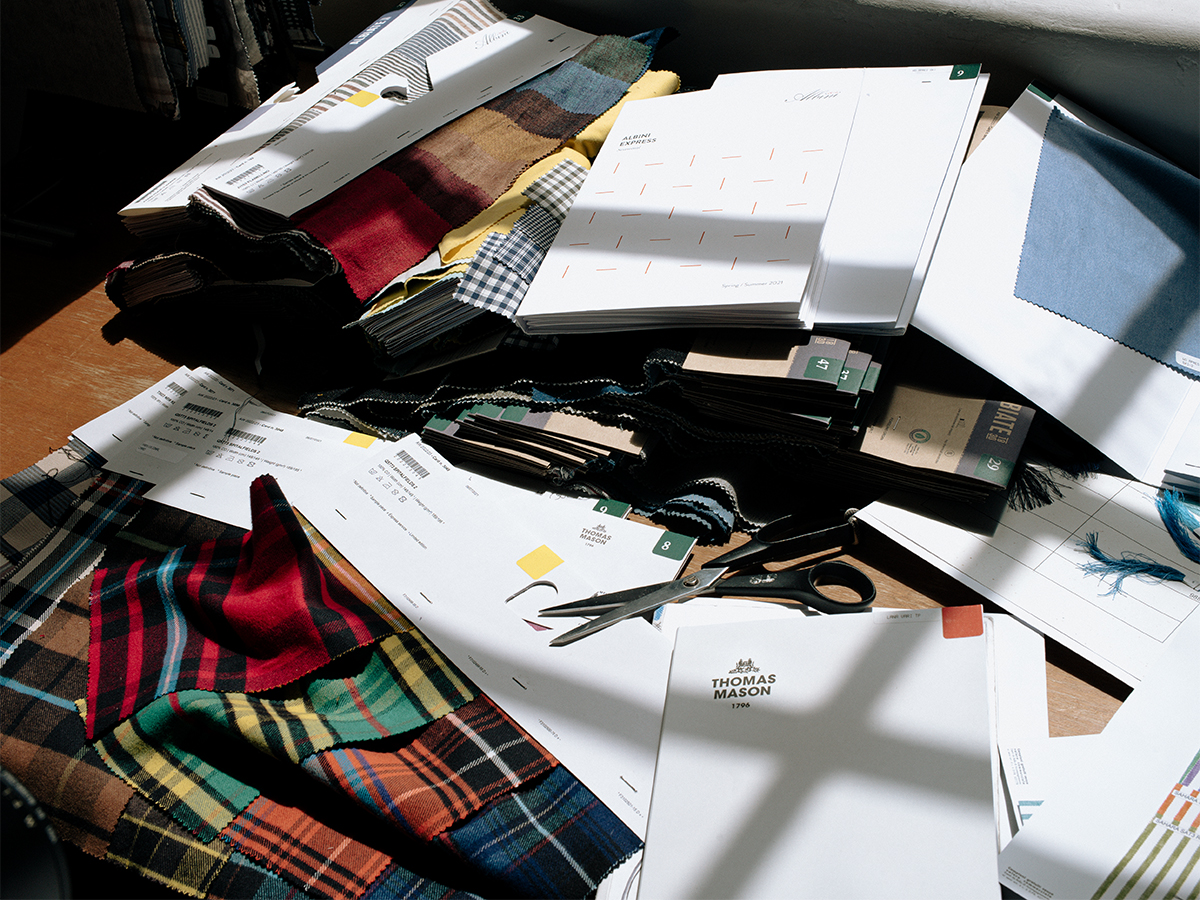
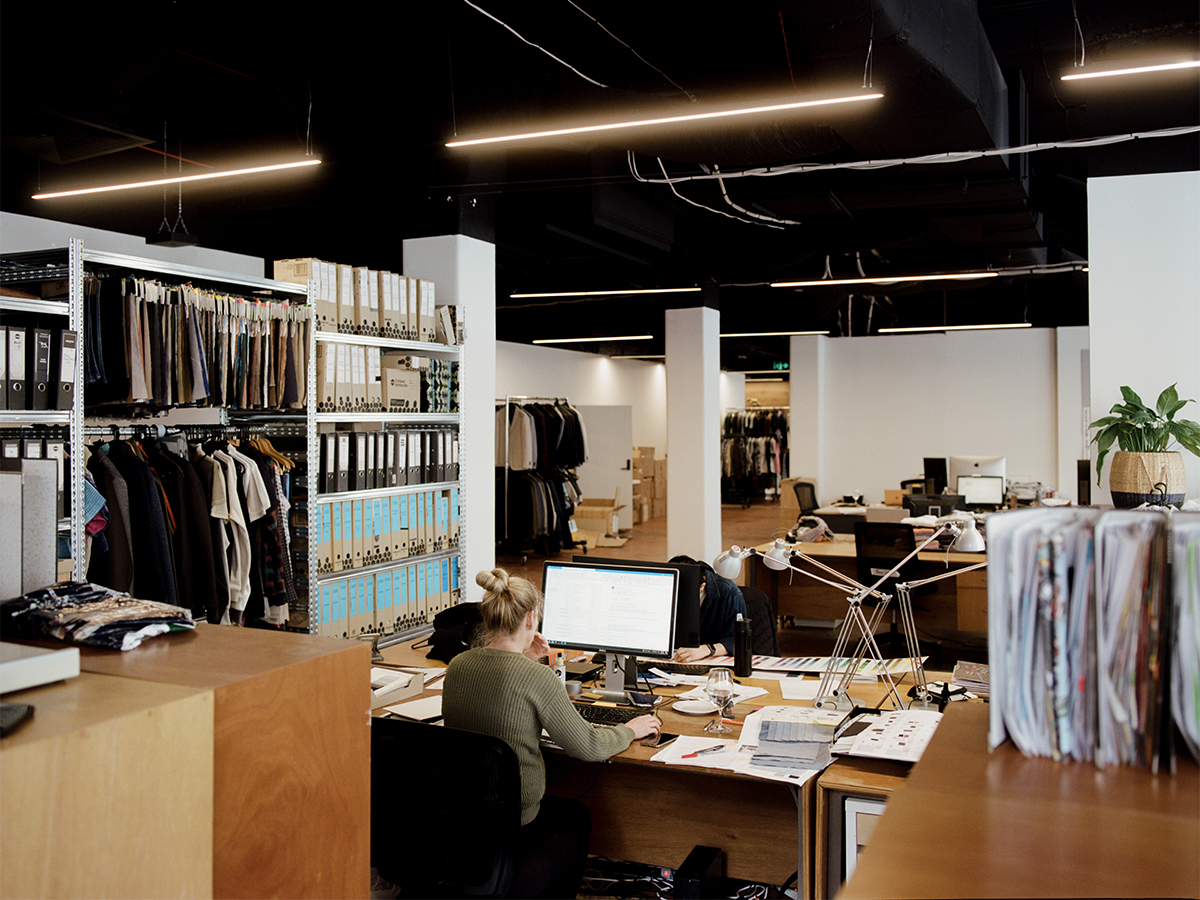
“On average in a fashion brand, between 10 and 30 per cent of all fabric is wasted at the time of cutting,” Prikryl explains. “I just started wondering whether we could turn this stuff into something that was commercially viable; gender-neutral, comfortable, relaxed. The last thing my mother said to me before she left was: ‘don’t forget that Rodd & Gunn is casual’. I remember thinking, ‘well, the whole world is casual now, so we’ve got no choice.’” The WNWN concept is now just over a year old, and has proven so popular that it’s set to become a permanent Rodd & Gunn fixture. “It’s basically sold out,” says Prikryl, “the halo effect from the project and the introduction that it’s given us to a demographic who wouldn’t normally look at Rodd & Gunn has been quite phenomenal.
The success of WNWN also speaks to Prikryl’s obsession for quality, particularly when it comes to textiles: “The first question I ask myself is always ‘is this fabric fit for purpose?’” he says. “We believe passionately in the idea of seek less to find more. I’m always looking at the best quality of yarns we can get and searching for materials that feel relevant to our customer. If you don’t use a good quality fabric made in a conscientious way then why are you bothering at all?”
Perhaps unsurprisingly, this idea leads us into a conversation about Rodd & Gunn’s long-standing relationship with Thomas Mason. “We’ve been working with Thomas Mason for a quarter-of-a-century at least,” says Prikryl, “We have a healthy relationship in terms of design – I think we help to inform their designs a little bit from a casual perspective, and they’ve informed our own aesthetic over that period too. We buy across the whole the range, but their linen fabrics are my absolute favourites. I think Thomas Mason has some of the best linen qualities in the world.”

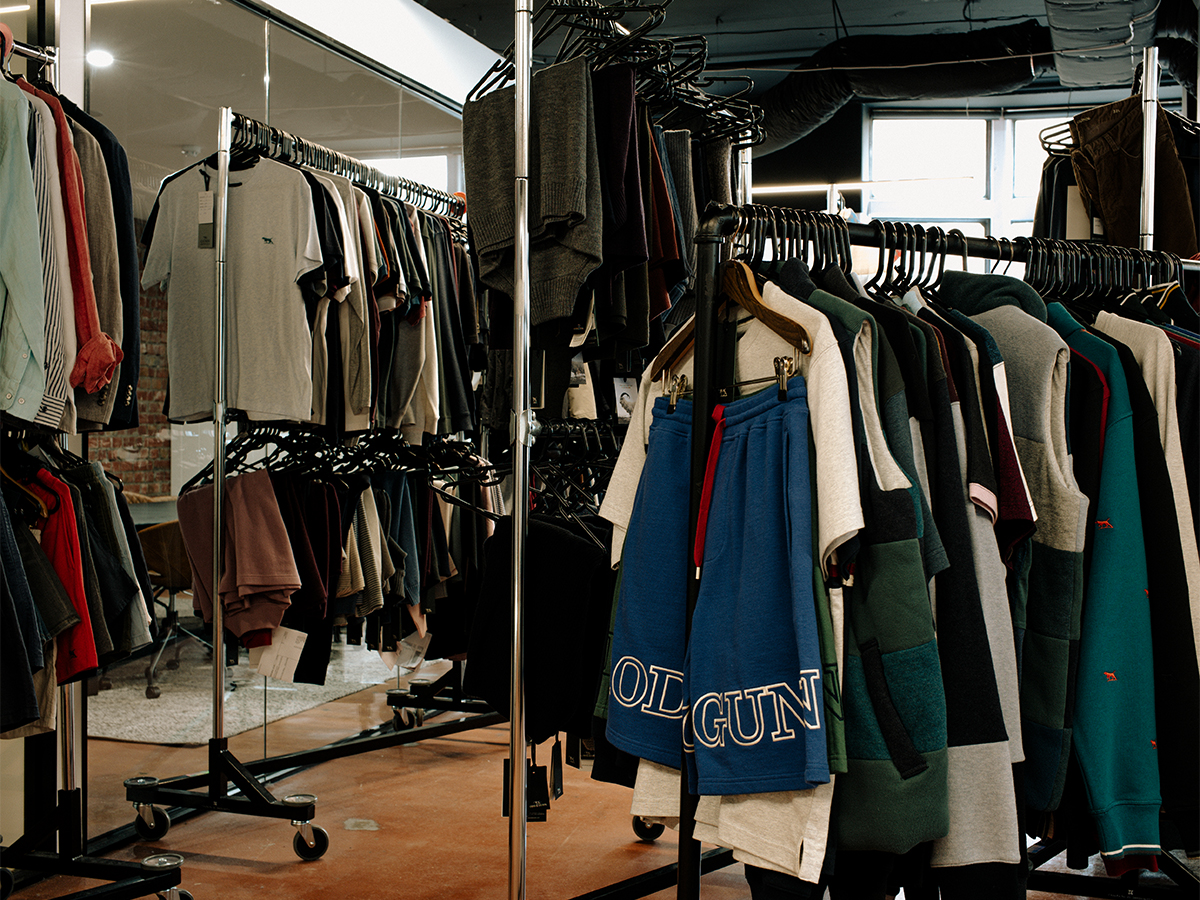
Beyond Rodd & Gunn’s clothing, the other thing that impresses is the brand’s position as a genuine lifestyle brand. The Lodge Bar (or rather bars, because there are two of them) are luxurious food and drink destinations in the brand’s home cities of Queenstown and Auckland, serving up seasonal, local produce and a moreish drinks menu. By all accounts, they’re an Antipodean equivalent of Ralph Lauren’s infamous Polo Bars, and every bit as good. To run a successful hospitality business alongside a style brand is no mean feat, and adds no small amount of intrigue to Rodd & Gunn.
Unsurprisingly, though, Prikryl is reassuringly low key about the brand’s bars: “We’re just trying to keep things simple and create good quality garments and great experiences to make our customers feel good,” he says, simply, “that’s what it’s about really.”
Photo credits: Natalie Jurrjens
Shop Rodd & Gunn’s WNWN collection at roddandgunn.com/wnwn
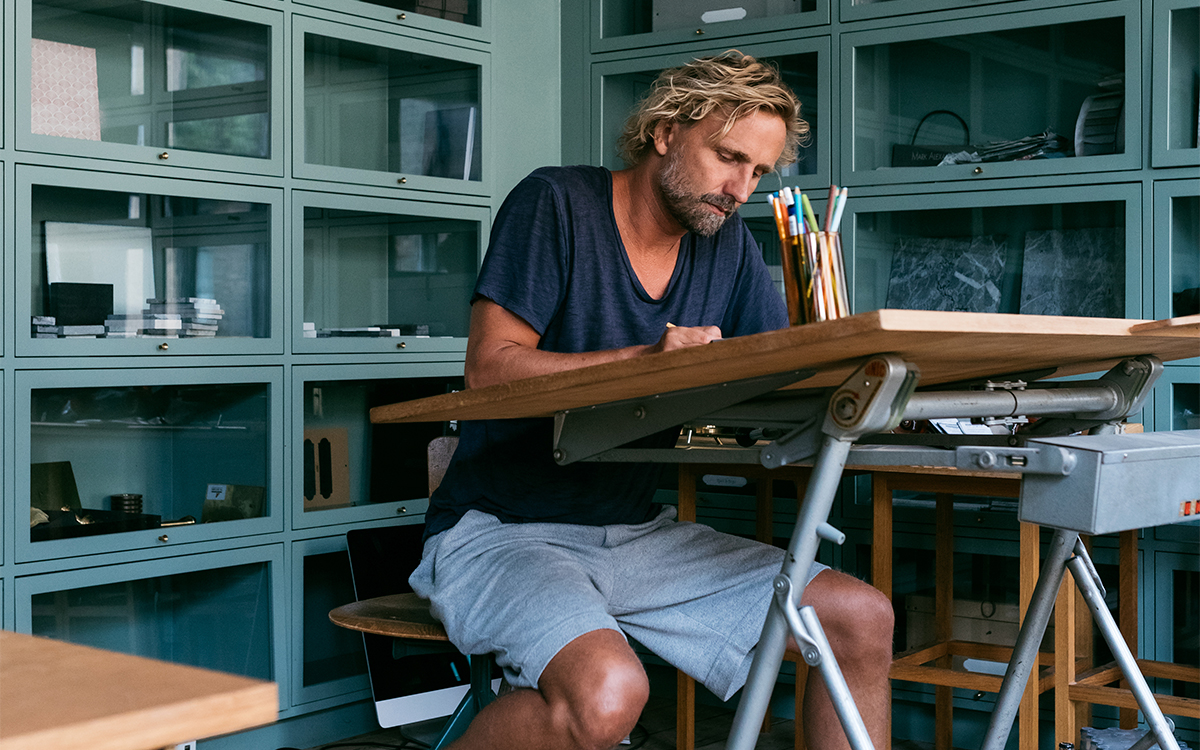
Craft Works: Kim Dolva
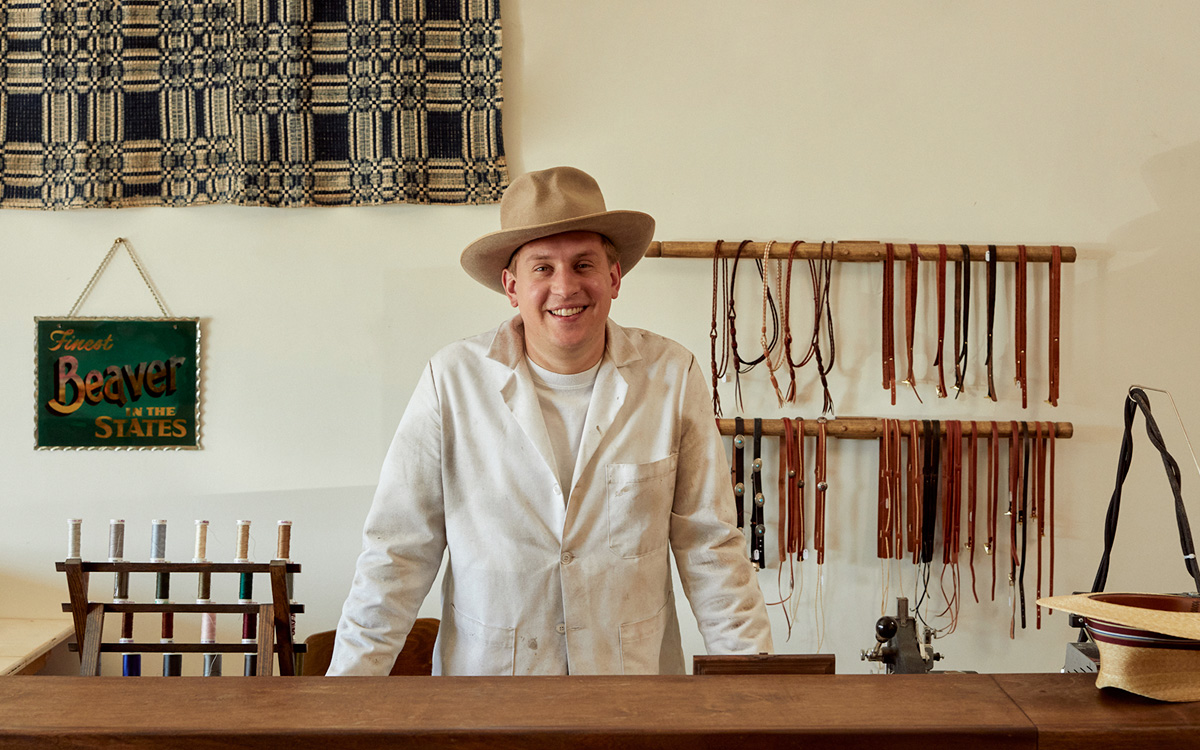
Inside the Wellema Hat Co.
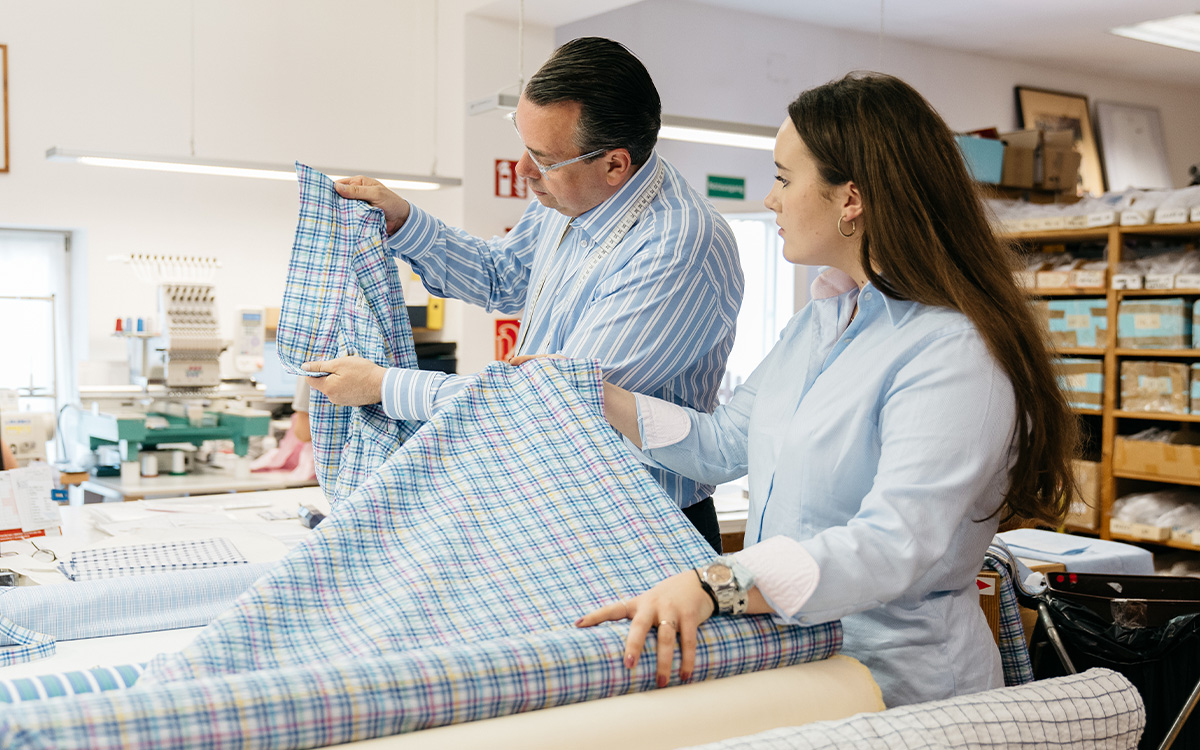
Venturini: Italian Elegance in Austria
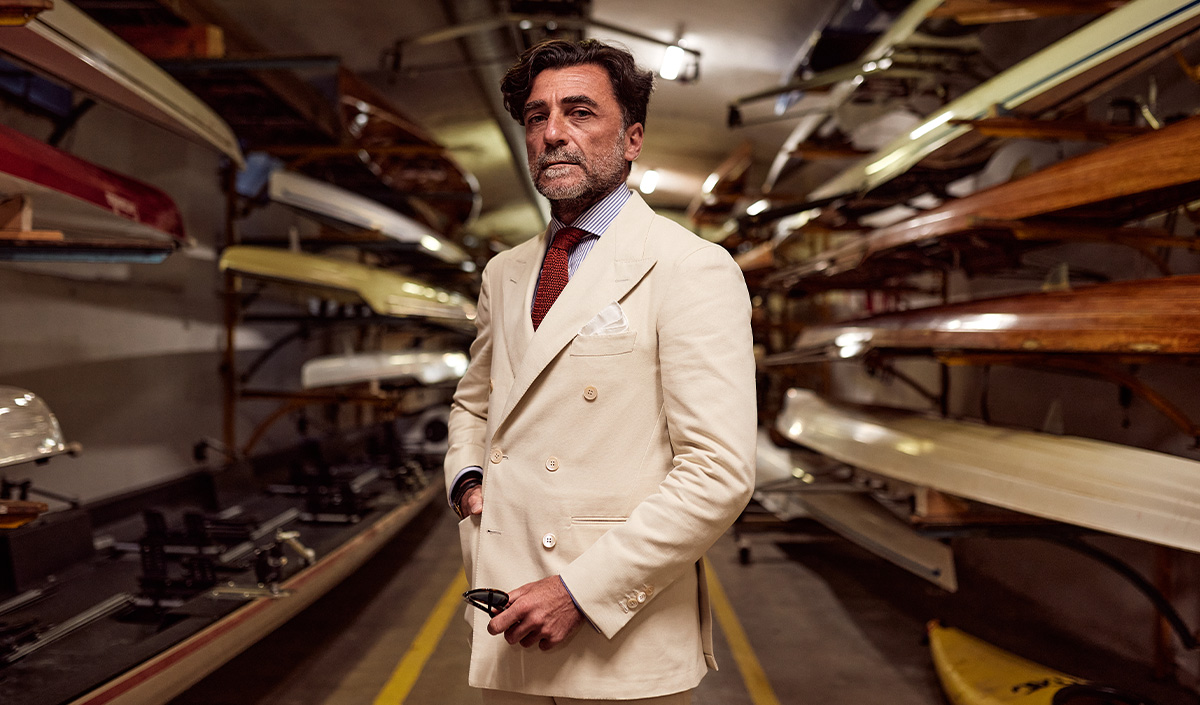
Tommaso Capozzoli’s Insider’s Guide to Florence
Cotonificio Albini S.p.A. - Via Dr. Silvio Albini 1, 24021 Albino (BG) – Italy
Società con unico socio - diretta e coordinata da Albini Group S.p.A.
P.I. 01884530161 - C.F. 08743540158 - Iscritta al Registro Imprese di Bergamo - REA 244649
Capitale sociale sottoscritto e versato € 11.170.960